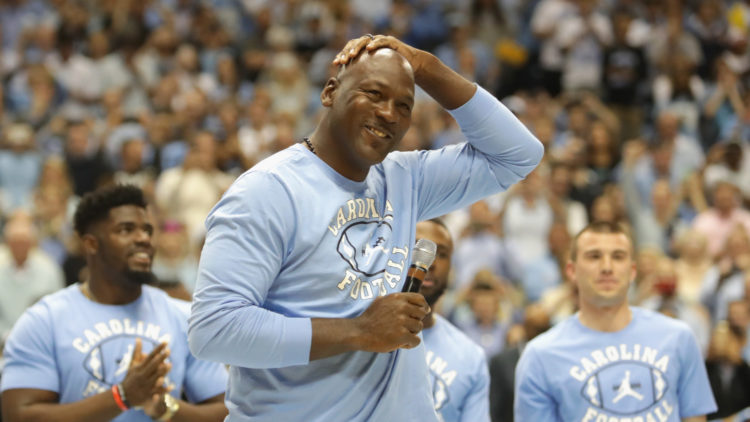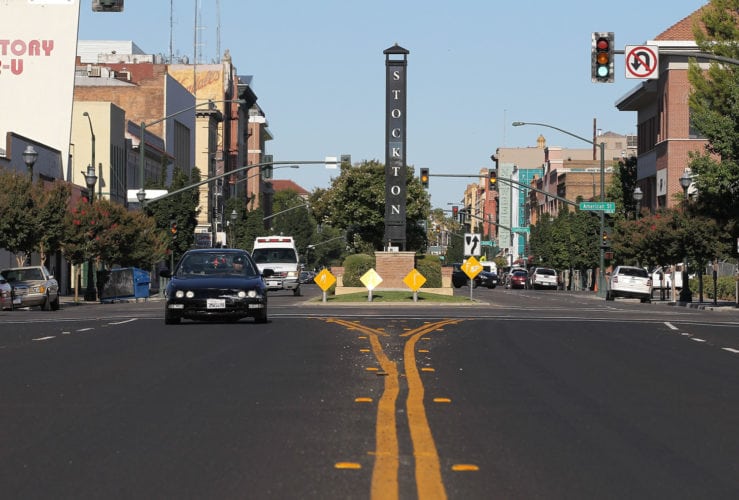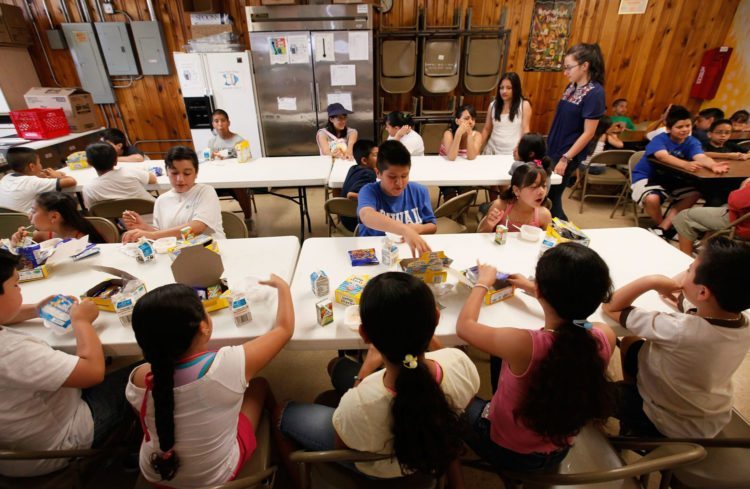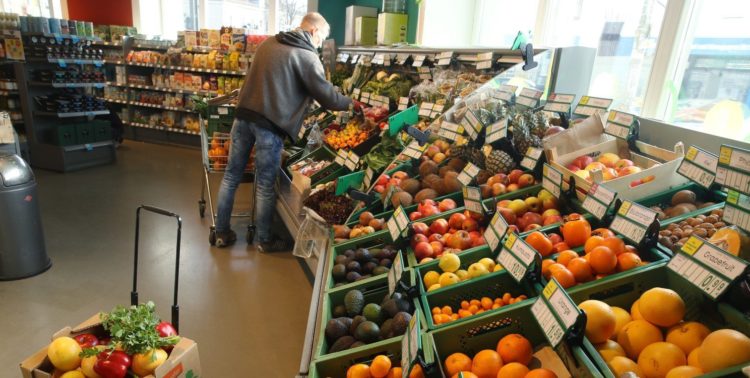5 Reasons Why Being Poor Is So Expensive
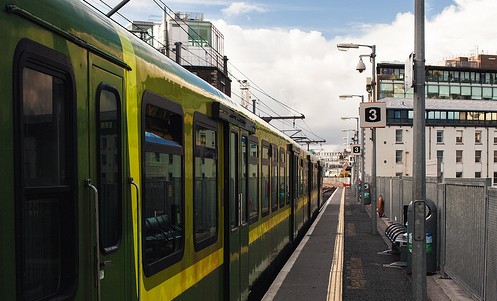
Often, people in lower socioeconomic classes are struggling to keep their basic necessities met, because things that we think should be cheap actually cost more than we think.
Here are five reasons ways being poor is expensive.
1. Eating Healthy Isn’t Cheap
Healthy meals cost an average of $1.50 more per day than less healthy fare, according to research from the Harvard School of Public Health. If you make minimum wage ($7.25 is the federal minimum) and work full time at 40 hours per week, that’s over 3 percent of your yearly salary. But, more commonly, minimum wage jobs are only part time, which means healthy food would take up even more of your salary.
A bigger problem though, is that even if poorer people bought healthy food, they wouldn’t have time to cook it.
The Bureau of Labor Statistics found that 6.8 million Americans have to work multiple jobs just to get by, which means they don’t have time to prepare meals for themselves and instead are just eating whatever is fastest whenever they have time.
Yes, eating out adds up over time, and not just financially. Eating unhealthy food will increase personal medical bills fast, according to the USDA, which will also bring up costs for Americans across the country.


2. Many Lower Income People Don’t Have Bank Accounts
An op-ed in the New York Times found that many low-income people are “unbanked,” which means they aren’t served by any financial institution. And the St. Louis Federal Reserve found that the fees that come with not having a bank account are pretty insane:
Unbanked consumers spend approximately 2.5 to 3 percent of a government benefits check and between 4 percent and 5 percent of payroll check just to cash them. Additional dollars are spent to purchase money orders to pay routine monthly expenses. When you consider the cost for cashing a bi-weekly payroll check and buying about six money orders each month, a household with a net income of $20,000 may pay as much as $1,200 annually for alternative service fees — substantially more than the expense of a monthly checking account.
But, sadly, many low-income people can’t even become affiliated with a bank because banks have increasingly made them pay steep loan rates or unreasonable high fees for basic checking accounts, according to the Times.


3. Dressing To Impress Costs A Pretty Penny
I don’t care what anyone says, finding a nice suit at a Goodwill is like trying to nail Jell-O to a wall. It’s difficult to find the right size and things are outdated.
Those on a low-income salary often can’t afford to buy new clothing without giving up some other necessity, which is a problem if they want to “move up the ladder” or try to find a better paying position. Eric Ravenscraft at Lifehacker illustrated the catch-22 of being broke and dressing yourself:
If you’re poor and you have a nice wardrobe, people think you’re irresponsible with money. However, if you dress poorly, you’re more likely to be judged poorly, especially in job interviews.


4. Higher Education, Even With Grants, Will Bury People In Debt
The Institute for College Access and Success found that college graduates who received Pell Grants, whose families often had incomes of less than $40,000, were more likely to borrow money even though they had the grant, according to the Times.
And, when they did borrow, they would often borrow more than students whose families made more.
“Among graduating seniors who ever received a Pell Grant, 88 percent had student loans in 2012, with an average of $31,200 per borrower,” the Institute found. “In contrast, 53 percent of those who never received a Pell Grant had debt, with an average of $26,450 per borrower.”


5. Cheap Cars And Public Transportation Add Up In Time And Money
Ravenscraft at Lifehacker pointed out that the cheap cars that low-income people can usually afford cost more because they often need repairs.
Additionally, poor people often drive more miles to get to their jobs, because in certain cities they cannot afford to live somewhere that’s more centrally located, which contributes to the regularity of repairs and the costs of commuting.
The Times cited the Leadership Conference on Civil and Human Rights, which found that low-income and moderate-income households spent 42 percent of their annual income on transportation. Middle-income households, by contrast, spend 22 percent or less.
Ravenscraft pointed out that public transportation is a giant time suck, especially in cities where public transit is less reliable or is infrequent. Those two extra hours that it takes to commute to your job are hours where you couldn’t cook, work or sleep, which just restarts the cycle of economic problems that the poor face.


Why does this matter? Because some people are hostile toward low-income communities. Occasionally, thinking about what they face on a daily basis helps us be more empathetic, which is crucial to solving the problem in the first place.


